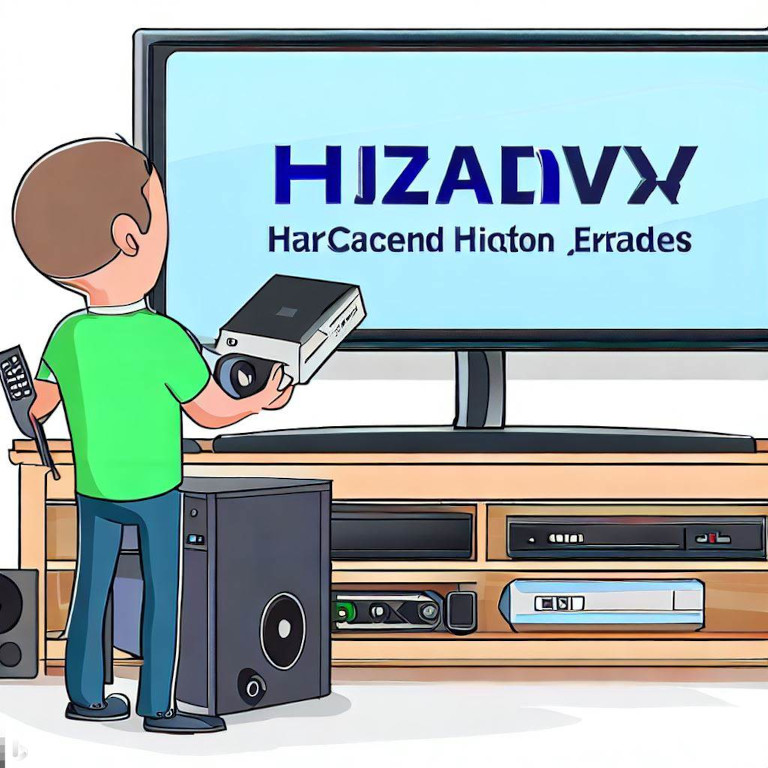Maximizing HDTV Quality: A Comprehensive Guide to Optimize Your Home Entertainment System

O ptimizing your home entertainment system is essential if you want the best viewing experience possible. Whether you're watching movies, playing video games or streaming online content, you want your HDTV to produce clear, vivid visuals and immersive audio that will transport you to a new world. But how can you achieve this? In this article, we'll provide tips and recommendations on the equipment required to deliver sharp, crisp visuals and immersive audio experiences.
Visuals
The first step in optimizing your HDTV is to ensure that it's correctly calibrated. This means adjusting the brightness, contrast, color, and sharpness to suit your environment and personal preferences. You can do this manually through your TV's settings or by using a calibration disc. For the best results, you can also hire a professional calibrator to do this for you.
Another essential piece of equipment you need is an HDMI cable. HDMI cables transmit digital audio and video signals from your device to your HDTV. When shopping for an HDMI cable, ensure that it's a high-speed cable capable of handling 4K resolution and HDR content, even if your TV doesn't support it yet. It's worth investing in a quality cable to prevent issues like screen flickering, dropped signals or low-quality picture.
When it comes to the HDTV itself, there are numerous models on the market, ranging from small screens to massive, immersive displays. If you're in the market for a new TV, ensure that it supports the latest technology such as4K resolution, HDR, and Dolby Vision. A higher refresh rate also ensures that your TV displays smooth visuals, even during fast-moving scenes in movies and video games.
Audio
No immersive viewing experience is complete without great audio to match. Your TV's built-in speakers are usually decent, but for optimum sound quality, you need additional audio equipment. Start by purchasing an audio processor, which accepts all audio formats and extracts the audio data, decoding and amplifying it to produce better sound quality. Look for audio processors that support Dolby Atmos, which delivers three-dimensional audio that creates a fully immersive audio experience.
If you don't want to invest in a full audio system, a soundbar is an affordable and straightforward alternative that produces superior audio compared to built-in TV speakers. Soundbars have come a long way in recent years and now produce high-quality audio, ranging from simple stereo to multi-channel surround sound. Look for soundbars that support Dolby Atmos and DTS:X, which offer excellent audio quality, and that are compatible with your TV and other devices.
Common mistakes to avoid
A common mistake when optimizing an HDTV is not upgrading your equipment to keep up with your TV's capabilities. Even if your TV doesn't support 4K resolution or HDR content, it's worth investing in compatible equipment to future-proof your system. Another mistake is not correctly calibrating your TV. Don't assume your TV is set to optimal levels out of the box - take the time to adjust the settings to ensure the best visuals and audio quality.
Optimize
Optimizing your home entertainment system can transform your viewing experience, making movies and video games more vivid and immersive. By investing in specific equipment such as HDMI cables, audio processors, and soundbars, you can achieve optimal visuals and audio quality. Remember to take the time to fine-tune your TV's settings for the best results, and ensure your equipment is compatible with your HDTV. Following these steps and avoiding common mistakes will ensure that you enjoy the full benefits of your HDTV, creating a home entertainment experience to remember.

